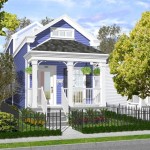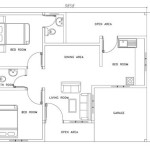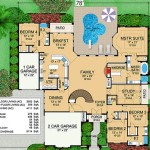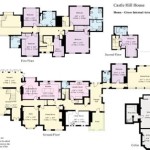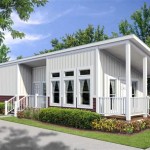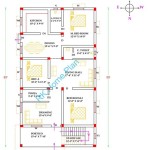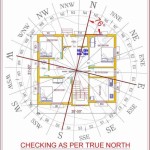Traditional Japanese House Plans: An Exploration of Timeless Beauty and Functionality
### Introduction
The traditional Japanese house, known as a "minka," is a testament to the harmonious fusion of aesthetics and functionality. With its distinct architectural features and design principles, it embodies the Japanese culture's deep reverence for nature and the interconnectedness of living spaces. Exploring traditional Japanese house plans unveils a world of intricate details, thoughtful layouts, and a timeless architectural style that continues to inspire contemporary design. ###Key Characteristics of Traditional Japanese House Plans
1.Simplicity and Elegance
: Traditional Japanese houses exude a sense of simplicity and elegance. Clean lines, unadorned surfaces, and a neutral color palette create a serene and calming atmosphere. The emphasis is on natural materials, such as wood, bamboo, and paper, which bring a sense of warmth and connection to nature. 2.Post-and-Beam Construction
: The structural framework of traditional Japanese houses is based on a post-and-beam system, where vertical posts support horizontal beams. This flexible construction method allows for open and adaptable floor plans and facilitates easy renovations and expansions. 3.Shoji Screens
: Shoji screens, made of translucent paper stretched over a wooden frame, serve as both windows and room dividers. They provide privacy while allowing natural light to filter through, creating a soft and diffused illumination. 4.Tatami Mats
: Tatami mats, made from woven rush grass, are a quintessential feature of traditional Japanese houses. They cover the floors, providing a comfortable and versatile surface for sitting, sleeping, and other activities. 5.Tokonoma Alcove
: The tokonoma alcove is a dedicated space within the house, often found in the main room or living area. It is typically used to display a scroll painting, a flower arrangement, or other decorative objects, adding a touch of elegance and refinement to the space. 6.Veranda and Engawa
: The veranda, or engawa, is a covered porch that runs along the perimeter of the house. It serves as a transitional space between the interior and exterior, allowing for a seamless connection with nature. ###Design Principles of Traditional Japanese Houses
1.Emphasis on Nature
: Traditional Japanese house plans prioritize the integration of nature into the living space. Large windows and sliding doors open up to gardens, courtyards, or natural landscapes, blurring the boundaries between indoor and outdoor spaces. 2.Flexibility and Adaptability
: The modular design of traditional Japanese houses allows for flexibility and adaptability. Rooms can be easily divided or combined using shoji screens or sliding doors, creating versatile spaces that can accommodate different activities and family compositions. 3.Functional Simplicity
: Traditional Japanese houses embrace functional simplicity, where every element serves a specific purpose. Built-in storage solutions, such as tokonoma alcoves and sunken hearths, maximize space utilization and maintain a clean and organized aesthetic. ###Conclusion
Traditional Japanese house plans embody a unique architectural style that seamlessly blends aesthetics and functionality. The use of natural materials, the incorporation of nature, and the emphasis on simplicity create a harmonious living environment that is both inviting and timeless. While modern architecture continues to evolve, the enduring principles of traditional Japanese house plans continue to inspire contemporary design, reminding us of the enduring beauty and wisdom of traditional architectural traditions.
Traditional Japanese House Floor Plan Google Search Plans

Traditional Japanese Home Floor Plan Cool House Plans Ideas Des Architecture Style

Typical Home Layouts Differences Between Japan And Abroad

Traditional Japanese House Style Plans

Traditional Japanese Architecture Tea Ceremony Japan Experiences Maikoya

Japanese Home Design Ideas Pictures 331 Sqm Homestyler

Hachidori Floor Plan Traditional Japanese House Japan Design Home Plans

Prefab Japanese Pavilion Traditional Architecture

The Layout Of Ground And First Floor A Traditional Japanese House Scientific Diagram
What Do The Blueprints Of A 1 Floor Traditional Japanese House Look Like Quora


